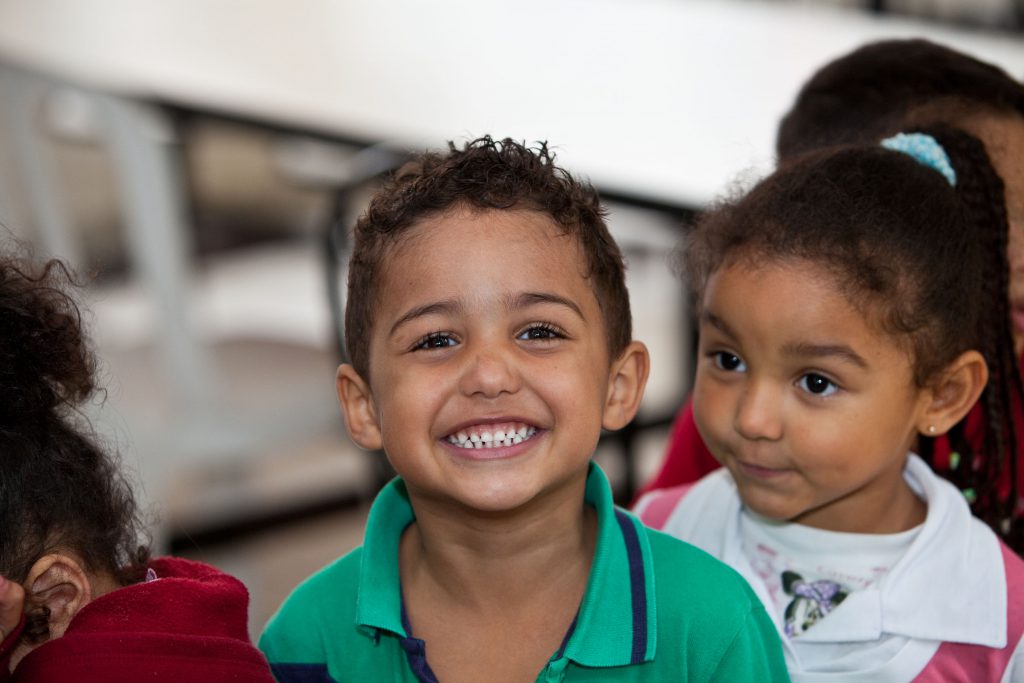Pride, Satisfaction, Commitment, Identification and Partnership. This could be the translation of the OSCIP acronym, which describes the Civil Society Organization of Public Interest, if we took into account the most visible features of the speech of the staff members when describing their work at the Criança é Vida (Child is Life) Institute. Providing instruction to educators for 21 years to promote healthier living, the institute is also working to always ensure seriousness, organization, competency, and transparency in all its actions.
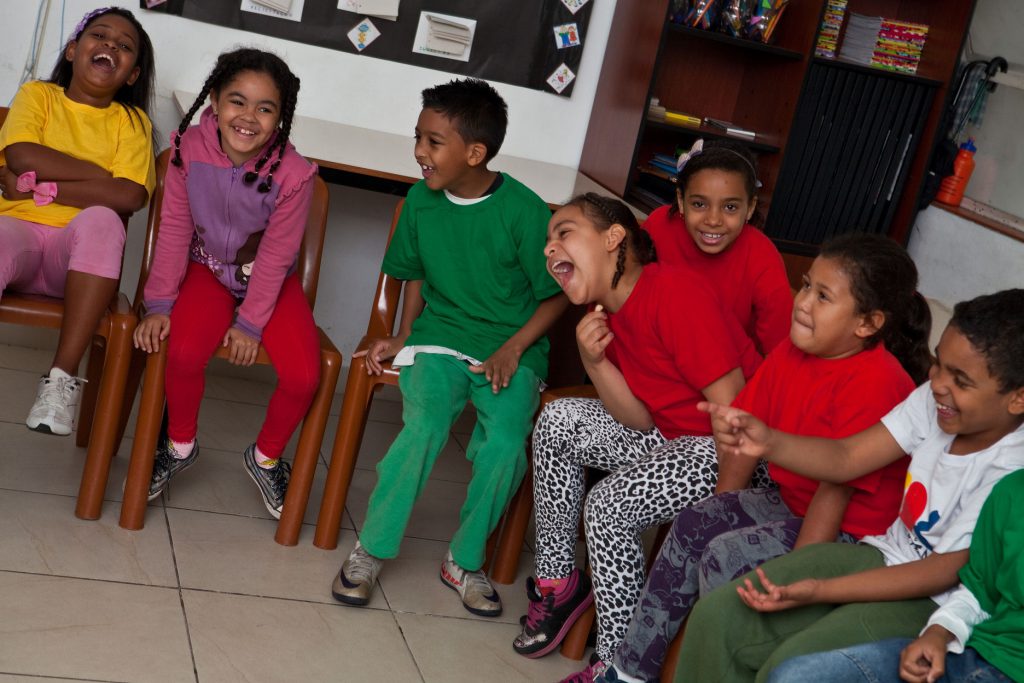
According to data from the Map of Civil Society Organizations created by the Institute for Applied Economic Research (IPEA), today there are almost 40,000 civil society organizations in Brazil. Accounting for 1.4% of Brazil’s Gross Domestic Product (GDP), which corresponds to 32 billion Reais, according to the Brazilian Institute of Geography and Statistics (IBGE), the nonprofit sector, often called the third sector, is also responsible for employing over 2 million people.
Behind the numbers that show the importance of the third sector for the Brazilian economy, the Philanthropy Network – a platform for the dissemination of technical knowledge to the third sector – also developed a profile of people who work in social organizations. The survey was carried out based on its list of network associates and obtained 394 responses. Among those interviewed by e-mail were volunteers, companies working with private social investment, social service providers and managers.
According to the 2016 Philanthropy Census, 39.1% of those interviewed reported that they joined the third sector due to a work opportunity. Another 32.2%, however, said that their entry into this market was due to the belief that their work would help create a “fairer world.”
Personal Meaning
This is also the case of Social Manager and Associate Founder of the Criança é Vida (Child is Life) Institute Ana Maria Germano. “I work in the social area, which is what I always wanted to do, and I feel that I make a difference. It is not just a job. It is very important to know you are helping to change habits and behavior, as well as the lives of children and adolescents and families,” she says.
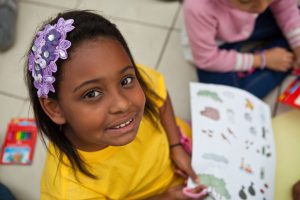
She has worked for 20 years at the institute, which has just completed its 21 year, and the social assistant says that the absence of monotony and the constant challenges are what provide motivation and enthusiasm for her work. “The institute always motivated me, always providing new challenges. With different people, different publics, the project renews itself. This motivates me to work more and more. The work is very dynamic, in a way I never feel time go by. It is always very good to work here,” she says.
Criança é Vida (Child is Life) Institute Social Coordinator Roberta Silva also feels this way. “We have to be proud of this and be happy that we are in an institution in which our results go beyond the numbers. We are changing lives,” says the social assistant who started there as a trainee. In 11 years of work, Roberta went through all the processes involving execution of certification course projects for educators and considers herself completely fulfilled by what she does. “Today I can certainly say that I come to work happy every day, thinking about the challenges we face, with ambitious dreams for the institute. I imagine the institute in a stage well beyond where we are now,” she emphasizes.

Motivation and enthusiasm for the work is not just something felt by these 13 employees who are part of the team working at the institute’s headquarters. Another 10 service providers complete the staff of professionals and share the same feelings.
This is the case of Dr. Francisco Frederico Neto. Master Teacher and Associate Founder of the Criança é Vida (Child is Life) Institute, he has been involved in the project since its creation 21 years ago, and participated in creating the first certification course booklets. A pediatrician who graduated from the University of São Paulo School of Medicine of Ribeirão Preto (FMRP-USP) and holds a master’s degree in Pediatrics from USP’s School of Medicine, he recently mentioned in an interview for the institute’s website, what his greatest motivation to be in the project for so many years was. “I take great pleasure in presenting the certification courses, since they are a two-way street in which there is great exchange of knowledge, life experience and affection, which really renews my energy. I enjoy knowing that each presentation will be passed on to parents, educators and employees, creating new reflections and practical applications in their day-to-day lives. I am Coordinator of the Philanthropic Learning Disorders Clinic of Hospital Sírio-Libanês and I have a private practice, in addition to teaching courses and lecturing in other institutions.
“Dr. Francisco is a pediatrician, but when he gives certification courses, he talks in a simple way. He charms people, he is able to speak the language of the community. This is very cool,” says Coordinator Roberta Silva.
Value
Although critical to the good performance of those working in the social area, identification with the cause does not alone ensure complete professional fulfillment. For this reason, the Criança é Vida (Child is Life) Institute also works to offer the best environment possible, in addition to always striving to value its professionals.
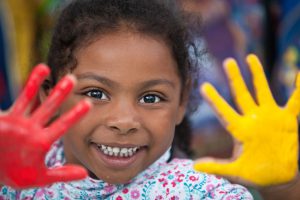
“Third sector professionals identify themselves with and are fulfilled in this area. However, although they are professionally satisfied with this kind of work, professionals need to be well paid,” says Criança é Vida (Child is Life) Institute Financial Administrative Coordinator Liss Andrea Garcia. With this in mind, she explains that the institute always tries to maintain a salary structure compatible with the third sector market. “We are careful to have well-paid, valued, satisfied professionals,” she emphasizes.
The pay issue receives the continuous attention of Criança é Vida (Child is Life) Institute Human Resources Director Elaine Borges. “We constantly keep an eye on third sector salary surveys, which take place every two years. Thus, we analyze and assess our pay scale in accordance with the third sector market,” she says.
Also active in the private sector, Elaine tries to integrate the corporate world with the third sector, bringing to the institute mechanisms that can benefit the staff. “The institute has a performance assessment with the same design used in the corporate world. We set goals and have an annual review and salary analysis. In addition, people receive merit recognition and are promoted based on performance. The entire structure is professional, maintaining the characteristics of the institute,” she says.
With an annual budget of a little over 2 and a half million reais in 2016, the Criança é Vida (Child is Life) Institute gives priority to direct execution of its projects. For this reason, it applies 77% of its financial resources to project payroll and direct execution costs. General administrative (6.73%) and headquarters (7.3%) expenses, in addition to Administration payroll (8.8%) account for the remaining budget.

This structure is not yet shared by independent or community institutes and foundations that answered the 2014 GIFE Census (see box), for which administrative and infrastructure costs account for 39% of the budget, while the costs of their social actions receive only 41% of resources.

The GIFE Census has been conducted since 2011 and the last edition surveyed 113 associates, the largest number ever, representing 90% of its base at the time of the survey. GIFE (Group of Institutes, Foundations and Enterprises) is a nonprofit organization, which has Brazilian social investors as associates.
Dealing with tight budgets, ensuring the best use of resources, maintaining the quality of completed work and economizing are challenges that those working in the social area must face every day. Consequently, when it is time to economize, the Financial Coordinator has her appropriate strategies. “Negotiating is the key factor in my day-to-day work in the Financial Department,” says Liss Garcia. When it comes to negotiating, long-time partnerships make the difference. “Most of our suppliers are already partners and have been working with us for a long time. They know our work and have been with us for many years. In this way, we are able to negotiate payment discounts and deadlines,” she explains.
But having good prices and extended deadlines are not the only factors that influence negotiations. Whether suppliers are keeping themselves and their products up-to-date in the market is also taken into consideration. “We try to work with suppliers who are always updating, recycling themselves to always offer the best. Quality is something we always require from our suppliers. We always work to maintain product quality with best price,” she emphasizes.
Organizational Climate
For Human Resources Director Elaine Borges, another ongoing concern of the Criança é Vida (Child is Life) Institute is its work environment. “It is important to ensure a healthy work environment. People working for us need to feel comfortable and have a good environment, both from the organizational climate and physical and structural points of view,” she emphasizes.
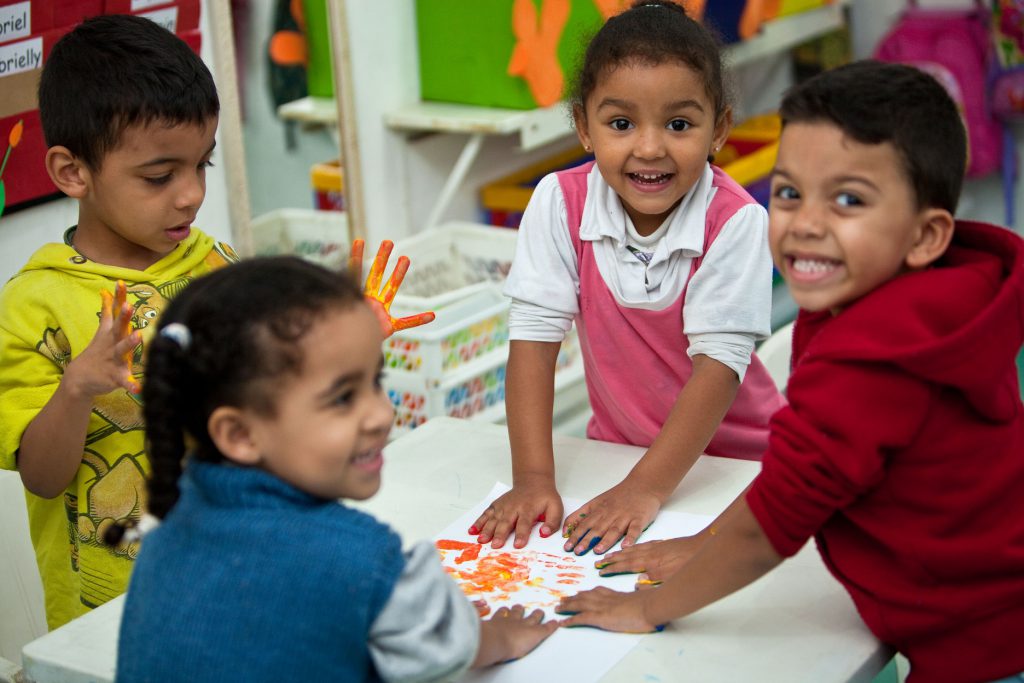
For Liss Andrea Garcia, the way to ensure this environment is to learn how to deal with people and respect each person’s difficulties. “We always strive to have a good and healthy environment because, before being professionals, we are human beings. I see the organizational climate here as always very calm. It is quite pleasant to be here,” she says.
Social Coordinator Roberta Silva also points to valuing colleagues and teamwork as factors that contribute to a good work environment and to people’s motivation. To ensure this valuing and sense of belonging for each member of the team, whenever they participate in a certification course, Roberta makes a point of introducing educators to the people responsible for operational tasks that make their project possible.
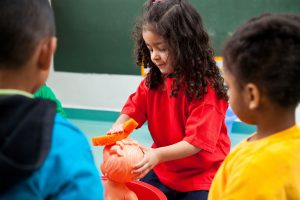
“It is important that everyone is aware of the importance of his/her work for the success of a project as a whole. Every booklet counted, every folder of material organized has a value because it is going to a person who is going to multiply the project throughout the community, impacting families and children. This is essential,” she adds. For her, this way of valuing people is what makes the team strong. “We are a team and everything we do is for the same cause,” she adds.
Numbers and Transparency
In 2016 alone, the Criança é Vida (Child is Life) Institute gave direct medical assistance to nearly 47,000 people, between families, children and adolescents. Direct work with children represented 73.54% of total assistance last year. All social numbers were audited by BDO RCS Independent Auditors, reflecting the institute’s concern with the transparency of its work.
The commitment to be accountable to society also led to the Criança é Vida (Child is Life) Institute becoming the only institution to comply with 100% of the GIFE Transparency Panel indicators in 2016. The GIFE Panel is an online platform that organizes relevant information on institutes and foundations associated with GIFE and makes it available, including reports and financial statements.
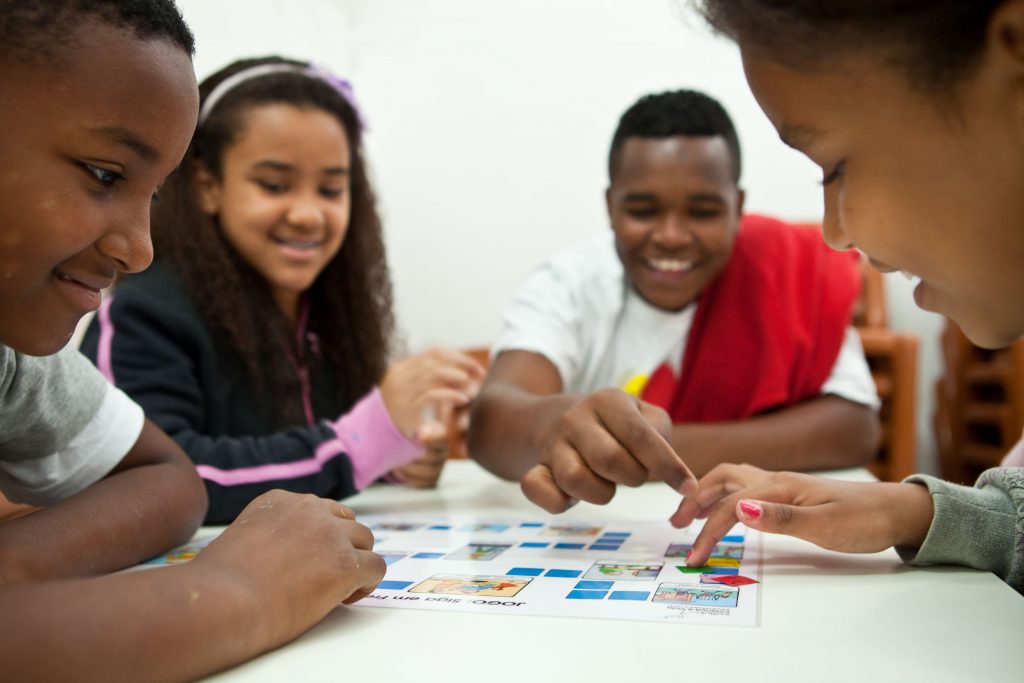
Certified by the Ministry of Justice as an OSCIP – Civil Society Organization of Public Interest, the institute is registered with the Municipal Council for the Rights of Children and Adolescents, which recognizes the institute’s health education projects to benefit children and their families.
Advisory Committee
According to the 2016 GIFE Census, “among respondent organizations that have advisory committees they are made up mainly of men who represent 73% of the advisory committee members.” With this in mind, attorney Eduardo Szazi, in an article produced by the Census, suggests that the gender equality issue be explored in a future edition of the Guide to Best Governance Practices.

With respect to the Criança é Vida (Child is Life) Institute, equality can already be seen in its Advisory Committee, where 51% of the members are women. As to the Executive Board, a body that corresponds to the deliberative council in decision making, the percentage of women rises to 71%, with four of them being independent consultants who have no link with the organization or its maintainers. The presence of independent advisory committee members is one of the recommendations of the Guide to Best Governance Practices, despite the fact that it is not yet an established practice in institutes and corporate foundations, according to the document.
Always focused on its important mission of contributing to build a country with better health, the Criança é Vida (Child is Life) Institute, over the course of its 21 years, has never stopped looking for ways to improve its actions, not only from the educational point of view, but also with regard to governance and sustainability. Attitudes that make the institution a rare place to work. A perception that is summed up in the words of Social Coordinator Roberta Silva. “I am proud of working for the Criança é Vida (Child is Life) Institute, a place that is serious, organized, which is really concerned with its content, with everything it does that is multiplied for children all over Brazil. It is an enjoyable place where you work with a sparkle in the eye,” she concludes.
